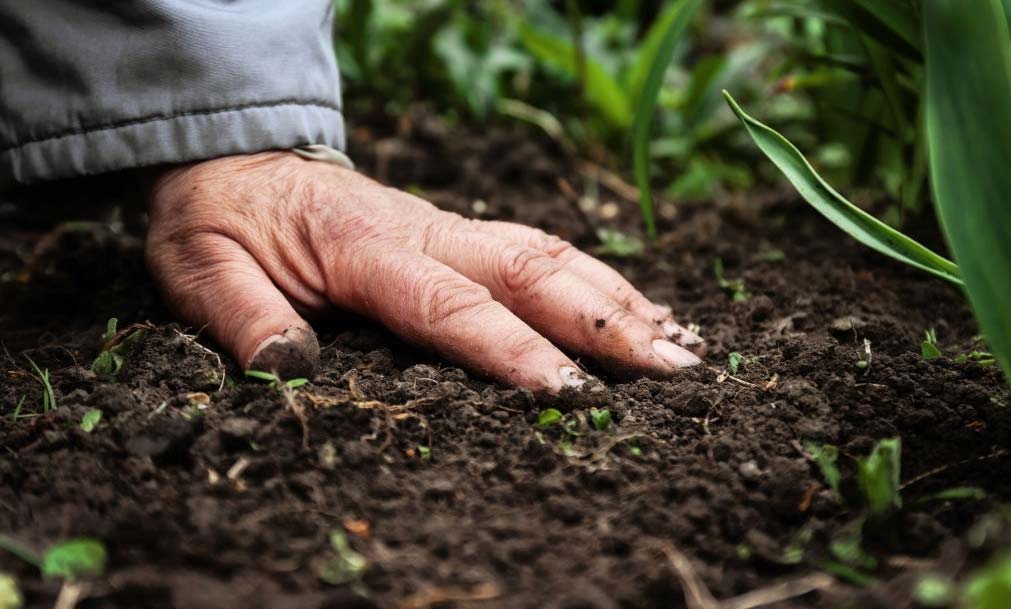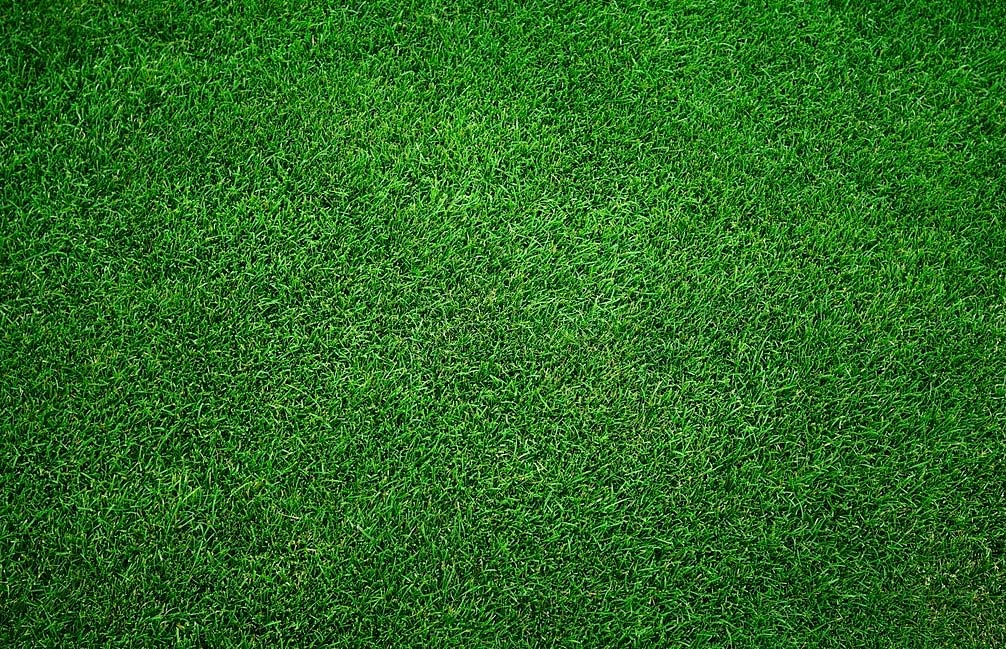When you want your potted plants to thrive, you need the high quality and minerals rich potting soil. This will help to give your plants a healthy and strong foundation to grow from.
However, not all potting soil is made the same and equally high-quality. Here, we’ll help you break down all the basic features you need to look for in the best potting soil.
Knowing the Ingredients
The first step to knowing what you need to know to choose the right potting soil is understanding the ingredients. Of course, there are a variety of ingredients that could be used in potting soil.
Most often, the primary ingredients of potting soil include calcined clay or peat moss. These are included to absorb water in the potting soil.
On the other hand, to balance that out with water drainage, most potting soils use perlite or vermiculite. The latter holds more water and is thus used in heavier potting mixes.
There may also be ingredients included for nutrients. Organic soils, which we’ll cover, have natural nutrients given their composition.
Finally, you’ll want to keep an eye out for ingredients to balance the pH. It’s best to do your research to learn the best pH for the particular plants you’re growing.

Organic and Non-Organic Potting Soils
There are two main categories for potting soil: organic and nonorganic soils. Both are suited to potting soil but which one is better for your plants?
The main difference between these two options, in this case, is how long you want the potting soil to last.
Organic potting soil is nutrient-rich and will feed your plants for a long time. This makes it a great choice over multiple seasons as the organic compounds break down.
If you’re only worried about a single growing season, a non-organic potting soil will do the trick. These potting soils don’t have organic components breaking down but usually include fertilizer suited to a single season.
Water Retention and Water Drainage
What you’ll need varies depending on the plants you’re trying to grow. After all, there are some plants that prefer moist soil while others only thrive with dry soil.
This is why a lot of potting soil uses perlite in the formula if they cater to improved drainage. You may also see options that use expanded shale or slate to create the air pockets perlite is known for.
You can also tell something about water retention from soil weight. If soil is tightly packed or dense, it will hold water longer while light soils don’t hold water quite as wrong.
There are also potting soils that have granules meant to absorb water and release it slowly. This is a great choice if you aren’t going to be able to water your plants for a while.
Generally, most potting soil is valued for how light and fluffy it is but individual houseplants have different needs.
By paying attention to the individual features of a potting soil, you can narrow down what you need. Understanding what a potting soil offers is the key to choosing the right potting soil for your plants.
By keeping the tips above in mind, you’re ready to find the best foundation for your potted plants!

